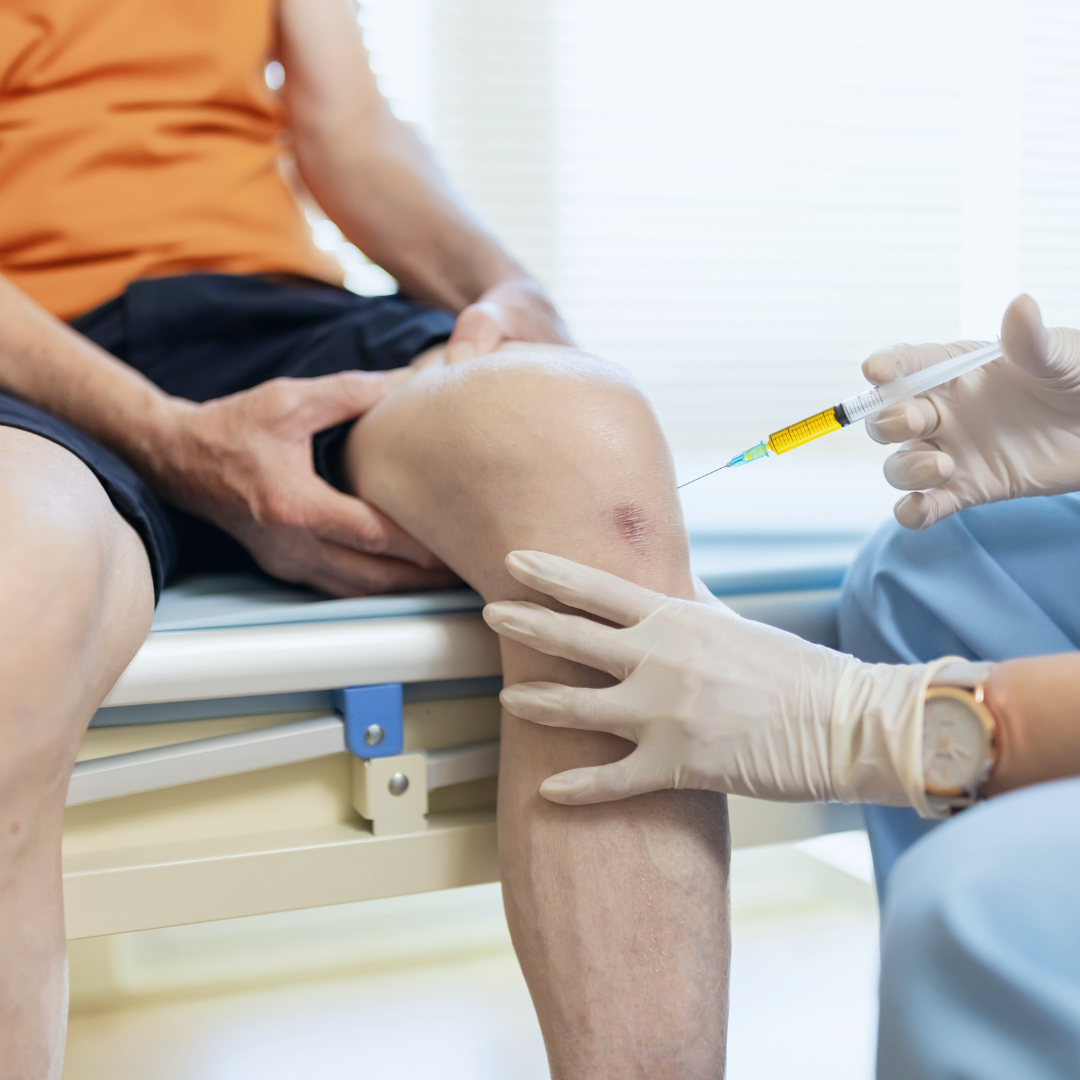Introduction
A Lower Body Lift in Abu Dhabi is a transformative surgical procedure designed to remove excess skin and fat from the lower body, including the abdomen, thighs, and buttocks. This procedure is often sought by individuals who have experienced significant weight loss or wish to enhance their body contour. While the results can be life-changing, proper recovery is crucial for achieving optimal results and ensuring a smooth healing process. This guide will walk you through the recovery stages after a lower body lift, highlighting essential care tips to facilitate healing.
Understanding Lower Body Lift Surgery
What is a Lower Body Lift?
A lower body lift involves a combination of surgical techniques aimed at tightening the skin and underlying tissues in the lower body. The procedure typically targets areas such as the abdomen, thighs, and buttocks, addressing sagging skin and excess fat. The surgery often results in a smoother, more contoured appearance and can significantly boost a person’s self-confidence.
Common Reasons for Undergoing the Procedure
Patients may choose to undergo a lower body lift for various reasons, including:
- Significant weight loss after bariatric surgery
- Aging-related skin laxity
- Genetic predisposition to sagging skin
- Desire for improved body contour and silhouette

Initial Recovery Period (Days 1-7)
Hospital Stay
Most patients will spend one to two nights in the hospital following a lower body lift. During this time, medical staff will monitor your vital signs, manage pain levels, and ensure your recovery is on track. You’ll be given instructions on how to care for your surgical site and what to expect during the early recovery phase.
At-Home Care
Once you return home, your recovery continues. Pain and discomfort are common during the initial days, and your surgeon will prescribe pain medications to help manage this. It’s essential to prioritize rest during this period, allowing your body to begin the healing process. Avoid any strenuous activities, bending, or heavy lifting for at least a week.
Post-Operative Care Instructions
Incision Care
Caring for your incisions is crucial to prevent infection and ensure proper healing. Follow your surgeon’s instructions regarding cleaning the surgical sites and applying any prescribed ointments. Keep the area dry and avoid exposing it to sunlight.
Medications
You will likely be prescribed pain medications and possibly antibiotics to prevent infection. Adhere to your medication schedule and reach out to your healthcare provider if you have any concerns about side effects or if pain is not adequately controlled.
Nutrition
A balanced diet plays a significant role in recovery. Focus on nutrient-rich foods that promote healing, such as:
- Lean proteins (chicken, fish, legumes)
- Fruits and vegetables (vitamins and antioxidants)
- Whole grains (fiber for digestion)
Staying hydrated is also essential, so be sure to drink plenty of water.
Returning to Daily Activities (Weeks 2-4)
Gradual Resumption of Activities
After the first week, you may start to feel better and more mobile. However, it’s important to gradually resume your daily activities. Light walking can help improve circulation and reduce the risk of blood clots, but avoid strenuous exercise and heavy lifting for at least four weeks.
Exercise Considerations
When cleared by your surgeon, you can start incorporating gentle exercises into your routine. Begin with low-impact activities such as walking or stretching. Listen to your body; if you experience pain or discomfort, slow down and allow more time for healing.
Long-Term Recovery and Results (Months 1-6)
Full Recovery Timeline
Complete recovery from a lower body lift can take several months. Generally, you can expect swelling and bruising to subside within the first few weeks. As healing progresses, you will start to see the final results of your surgery. Most patients return to their normal routines within three to six months, although full physical activity should only resume after consulting your surgeon.
Monitoring Changes
During your recovery, it’s important to monitor your body for changes. You may notice fluctuations in weight or changes in body shape as swelling reduces and your body adjusts. Maintain a healthy lifestyle to support your results, including a balanced diet and regular exercise.
Conclusion
Recovery after a lower body lift is a crucial phase that significantly impacts the final results of your surgery. By following your surgeon’s post-operative instructions and taking care of your body, you can ensure a smooth recovery process. Remember, healing takes time, and it’s essential to be patient and kind to yourself during this journey. With proper care and attention, you will soon enjoy the benefits of your lower body lift and the renewed confidence that comes with it.



